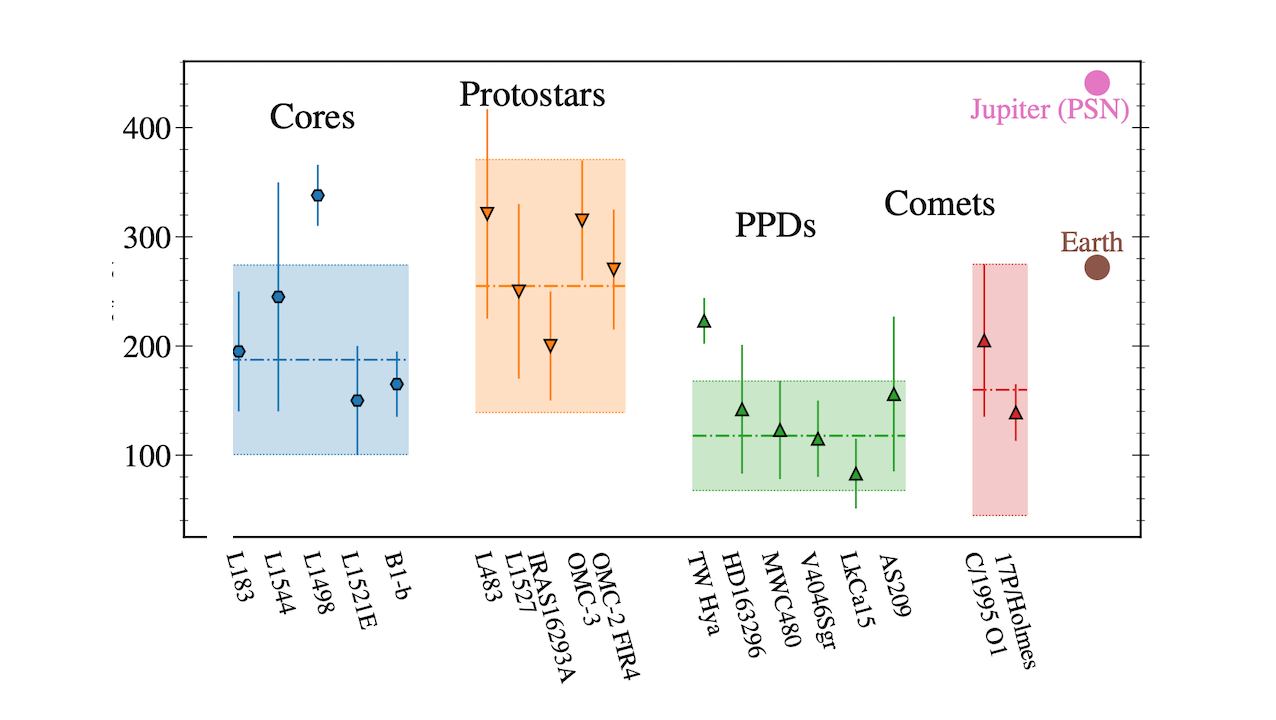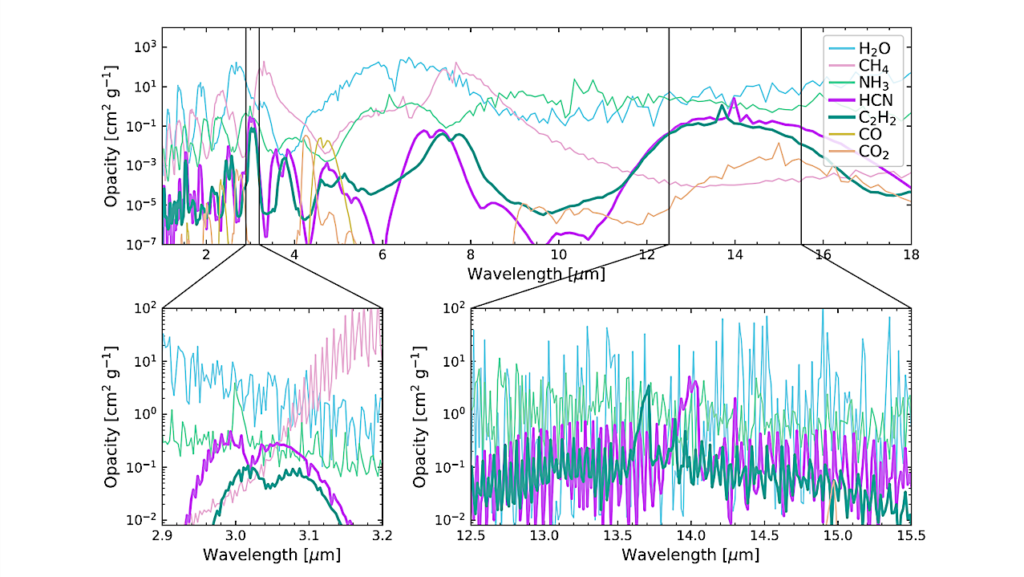Fractionation In Young Cores: Direct Determinations Of Nitrogen And Carbon Fractionation In HCN

We aim to determine the 14N/15N and 12C/13C ratios for HCN in six starless and prestellar cores and compare the results between the direct method using radiative transfer modeling and the indirect double isotope method assuming a fixed 12C/13C ratio.
We present IRAM 30m observations of the HCN 1-0, HCN 3-2, HC15N 1-0 and H13CN 1-0 transitions toward six embedded cores. The 14N/15N ratio was derived using both the indirect double isotope method and directly through non-local thermodynamic equilibrium (NLTE) 1D radiative transfer modeling of the HCN emission. The latter also provides the 12C/13C ratio, which we compared to the local interstellar value. The derived 14N/15N ratios using the indirect method are generally in the range of 300-550. This result could suggest an evolutionary trend in the nitrogen fractionation of HCN between starless cores and later stages of the star formation process.
However, the direct method reveals lower fractionation ratios of around ∼250, mainly resulting from a lower 12C/13C ratio in the range ∼20-40, as compared to the local interstellar medium value of 68. This study reveals a significant difference between the nitrogen fractionation ratio in HCN derived using direct and indirect methods. This can influence the interpretation of the chemical evolution and reveal the pitfalls of the indirect double isotope method for fractionation studies.
However, the direct method is challenging, as it requires well-constrained source models to produce accurate results. No trend in the nitrogen fractionation of HCN between earlier and later stages of the star formation process is evident when the results of the direct method are considered.
S. S. Jensen, S. Spezzano, P. Caselli, O. Sipilä, E. Redaelli, K. Giers, J. Ferrer Asensio
Comments: Accepted for publication in A&A
Subjects: Astrophysics of Galaxies (astro-ph.GA); Earth and Planetary Astrophysics (astro-ph.EP); Solar and Stellar Astrophysics (astro-ph.SR)
Cite as: arXiv:2403.04408 [astro-ph.GA] (or arXiv:2403.04408v1 [astro-ph.GA] for this version)
Submission history
From: Sigurd Sigersen Jensen
[v1] Thu, 7 Mar 2024 11:10:54 UTC (9,409 KB)
https://arxiv.org/abs/2403.04408
Astrobiology, Astrochemistry








